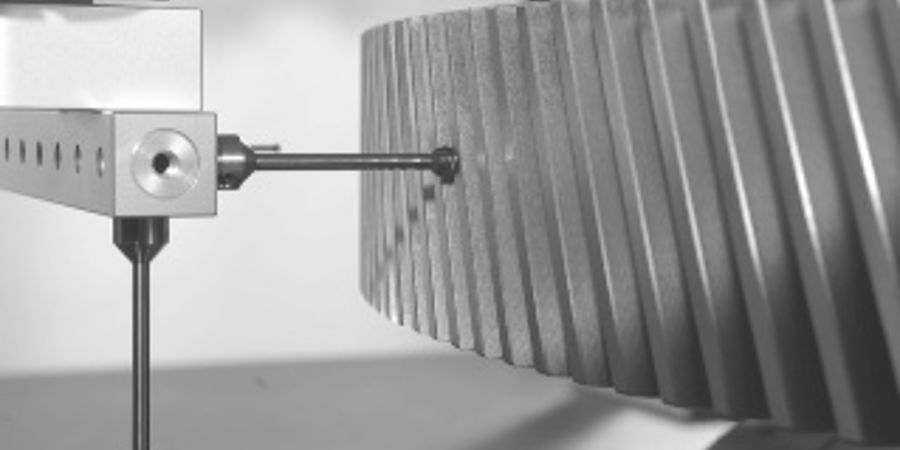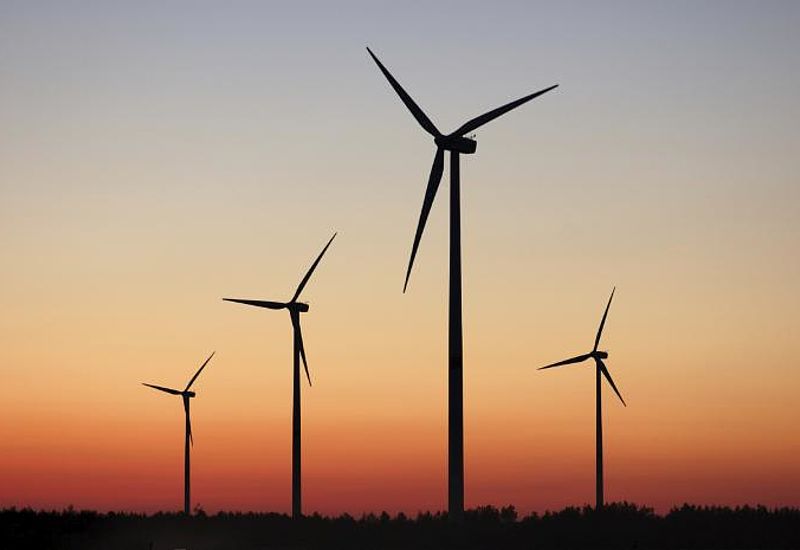Reliable measurement of turbine gears

Challenge
While the EU is on course to meet its 2020 target of sourcing 20 % of its total energy consumption from renewable sources, electricity generation capacity will need to continue to grow to meet the next renewable energy directive binding target of 32 % by 2030.
The amount of electricity generated by wind energy systems (WES) has increased by 350 % over the last ten years, but few wind turbines reach the desired lifetime of 20 years without two or more failures, often due to reliability issues in drivetrain components. The competitiveness of the wind sector is diminished by production downtimes that last days or even weeks, reducing income and adding significant maintenance costs.
These systems are large to optimise energy output, yet, in contrast to the automotive sector, manufacturers lacked processes for producing drivetrain components to a consistently high standard. Irregularities in the surface of gears can reduce the durability of these highly-stressed components. Also, the coordinate measuring machines (CMMs) used to measure gear quality weren’t optimised to measure some types of surface imperfections, while written standards didn’t address factors such as temperature variations and gravity, limiting inspection quality and reducing trust among users of these high-cost devices.
Solution
The EMRP project Traceable measurement of drivetrain components for renewable energy systems improved drivetrain component reliability by developing new measurement strategies, new measurement standards and new procedures providing traceability to the SI.
Ten measurement standards were developed and optimised for industrial use, capable of robustly calibrating gear size, form, and surface irregularities of large drivetrain components.
Six good practice guides established and quantified the main sources of uncertainty influencing industrial measurement capability using CMMs, including for effects of temperature and gravity.
Impact
Before participating in the project, Zeiss Industrial Quality Solutions – the leading manufacturer of multidimensional metrology solutions – applied its own strategy for measuring large gears, but this method only offered indirect traceability.
The project enabled Zeiss to improve its software, add functionality to a controller and a sensor feature. Significantly for the company, another outcome was confirmation of its business strategy. The project’s comparison of different CMMs using the new standards renewed confidence in own capacity to provide traceability and reliability, and, therefore, enhance trust in its measurement capabilities among its customers in the wind market.
There was also a direct market impact for Zeiss. The collaboration resulted in the sale of a Xenos CMM to Czech Metrology Institute for a newly accredited gear calibration service. In the context of a global CMM market experiencing 6.7 % growth according to Index Markets Research, real increases in sales were detected, as Zeiss generated above 10 % annual sales growth of its CMMs business over the last five years.
Traceable measurements will improve WES performance by advancing quality control in manufacturing processes, generating sales for measurement equipment and calibration suppliers. New procedures will lead to improved wind turbine reliability, enabling higher returns on investment that will incentivise the growth of this type of zero-carbon electricity generation, while helping European states meet renewable energy commitments.
